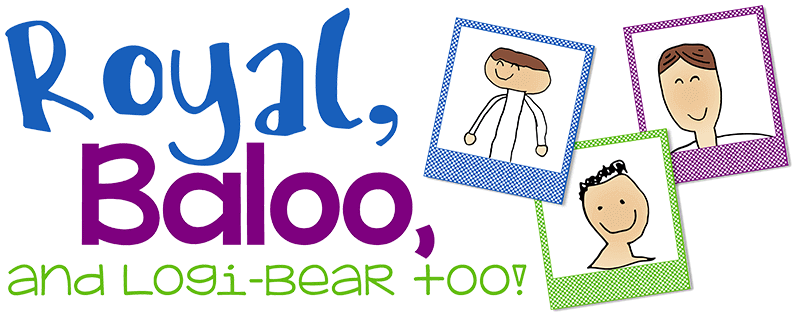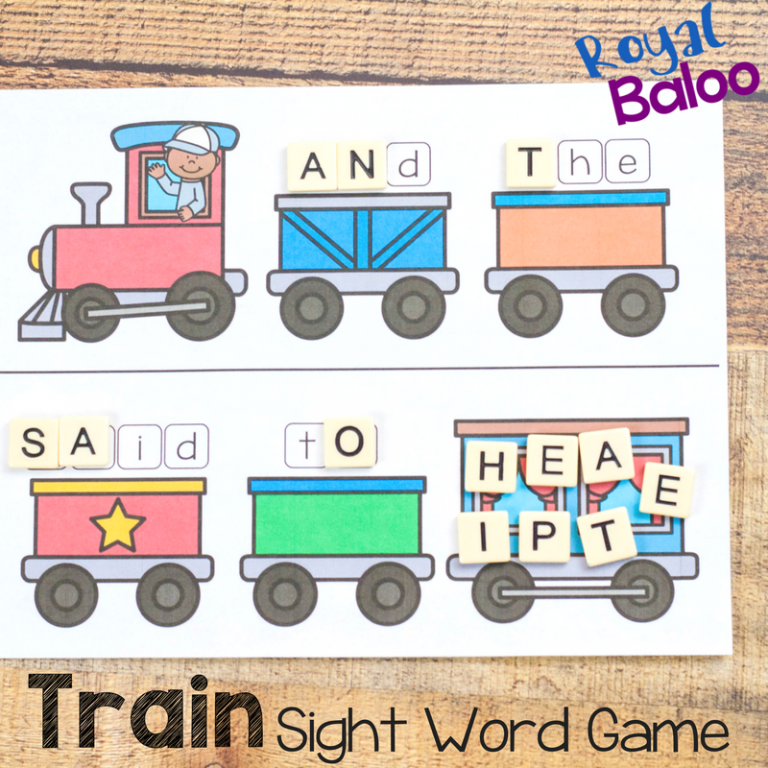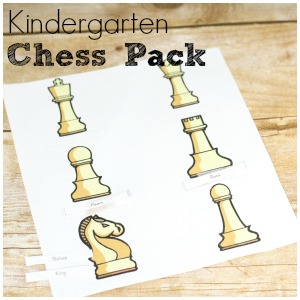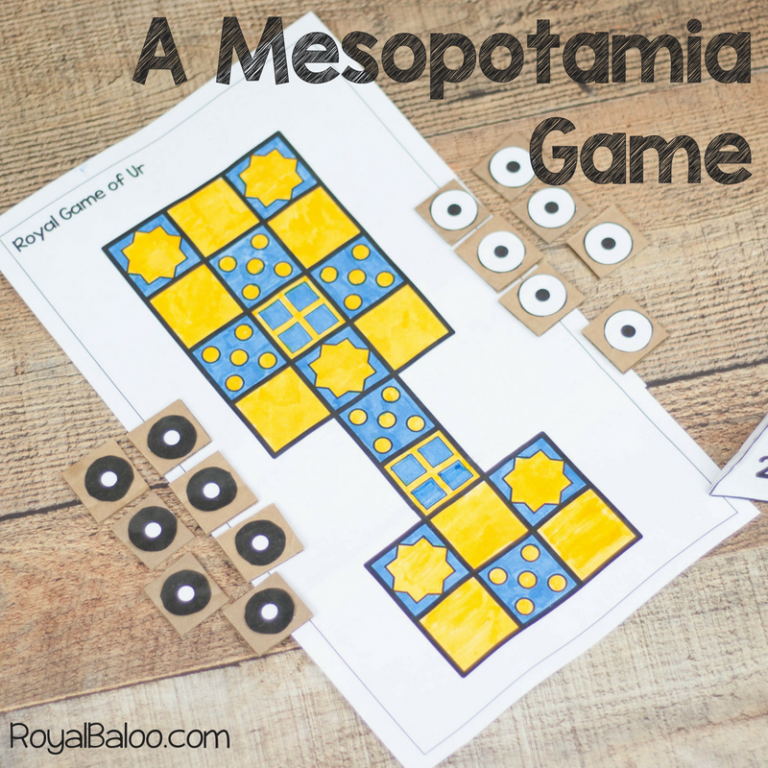How to Teach Kids to Play Chess
I didn’t grow up knowing how to play chess. I knew the general idea and had some of the basic moves down but I didn’t really know the rules of gameplay. And I certainly didn’t know anything about strategy.
But for some reason, it was important to me that my kids learned how to play chess.

How to Teach Your Kids to Play Chess
When I first approached teaching my kids to play chess I was in a bit of a tough spot. I didn’t play chess myself. I wanted to learn but just hadn’t made any progress.
So we were going to be learning together.
These are the steps and tools I used to teach my kids chess.
How to Get Your Kids Interested in Learning Chess
If you’ve been on my blog for any period of time, you’ll already know that I value fun and a willingness to learn. There are very few things that I force my kids to learn and I always at least try to get them invested first. But even when I do require something without their investment, I do my best to make it fun and meaningful.
So I knew I couldn’t just tell my kids they were learning chess.
The first thing I did – before even saying ‘hey, let’s learn chess’ – was finding and showing off really cool chess boards.
Like this Harry Potter set that I’ve been drooling over for years.
Of course, they were much more interested in the Super Mario Chess Set, the Star Wars Chess set, and, of course, the LEGO Chess set.
I’m thinking buying one of those giant lawn size chess sets might actually be what would get them interested, but they’re rather expensive.
Another thing you can try is watching Queen of Katwe. It’s the story of a Urgandan girl who is incredible at chess.
You might have heard of The Queen’s Gambit on Netflix. I don’t recommend this for getting kids excited – but it might be great to get yourself excited about learning chess.

Why Teach Chess At All
I don’t think there is a single game ever invented that does not have some sort of educational value. Sometimes that value is being a good sport, learning to lose gracefully, learning to work as a team, or learning to take turns.
Sometimes that value is practicing math skills, language skills, science skills, etc.
But I do believe in the value of every game – physical, board, card, and video.
However, we’re specifically discussing chess. So why should we bother teaching chess at all.
First of all, chess is king when it comes to strategy games. And strategy naturally teaches us problem-solving skills, creativity, forward-thinking, cause and effect, and planning. There is an awareness that comes with learning strategy.
Chess also improves concentration and memory. Who among us doesn’t want a memory boost?
Chess has also been shown to improve IQ and reading skills. It would be easy to brush this off as ‘well, smart people play chess’. But studies have shown the benefits of chess on both IQ and reading skills. (sources: Chess and IQ and Chess and Reading.)
The Steps to Teaching Chess
Okay, we’ve got our kids on board, we’re convinced its worth it – now how do we actually teach our kids (and perhaps ourselves) to play chess?
Step 1: Learn the pieces and the moves
First, you need to learn the names of the pieces and the moves they can make. I don’t expect memorization of all the possible moves at this point.
My goal is to get them familiar with each pieces and understanding that not all pieces do the same thing. If they need a cheat sheet for awhile, that’s fine with me.
We used this Chess Pack to work on the piece names and movements. The movement pages can be printed and use as cheat sheets, too.
I also love this book – Chess for Children – for learning all kinds of techniques. The beginning is all about the pieces and how they move. So for step 1, work your way through Part 1.

Step 2: Play
Now it’s time to start playing. Wait, just like that?
Yep, I think chess is best learned through doing. Strategy comes from experience.
Let’s face it – anyone can learn the movements pieces can make. A chess game is won by outsmarting and outmaneuvering your opponent.
And that is going to come with experience. So it’s best to jump right in.
There are many more exercises to be done that will enhance playing. Learning chess notation, practicing the moves and captures of each piece, learning techniques for getting in and out of check, and many many other skills. But we will get there in time.
No Stress Chess is one of my favorite games for beginners. It labels where the pieces start on the board. And it has cards to draw showing how the pieces the move. It’s a great way to start playing.
For a free virtual option, Chess.com and Chesskid.com are terrific.
Step 3: Review
I like to take time to review at the end of each game. What went well? What could have been better? Did you make any mistakes?
Do you want to write yourself a note for the next game so you don’t forget something important?
Many people, kids included, do this naturally. I am not one of those people. So I like to take a moment for my mental notes so I don’t make the same mistakes repeatedly.
Step 4 through ? – Keep Learning
My tactic with learning any new skill is usually to bombard myself with as much information as possible and then do the thing until it all makes sense.
But not everyone likes to put in hours and hours of research before trying a new thing.
And that’s why I set up our chess learning as a little bit of knowledge followed by a lot of doing.
After you and your kids have a few games under your belt, it’s time to start sprinkling in new techniques.
Which means we’re back to Chess for Children. I think the name is a bit of a misnomer here. If you’re an adult that doesn’t have a lot of technique or strategy, pick up this book. It’s excellent.
We skipped over the notation part, initially. I just didn’t think I was going to win my kids over with chess by going through notation. I figured we can always come back to it.
So after that, we just started with one new trick or technique at a time and then worked through it practicing it in games as often as possible.
And then we kind of just repeat step 4 over and over again.
None of us are chess masters yet and maybe we never will be. But at least now we can play chess and know what we’re doing.

The Chess Accessories
There are so many great things out there to help us learn chess these days. I think it’s incredible.
A lot of them didn’t fit in with my steps but I didn’t want to fail to mention them.
Storytime Chess
Admittedly, I have not used Storytime Chess. However, I have heard great things from trusted sources. So I’m passing on the info.
I love anything that teaches through stories. It’s such an excellent way to learn and something that resonates with a lot of people.
And that’s exactly what Storytime Chess does.
The other unique thing about Storytime Chess is they say you can teach your child chess from the age of 3. I don’t think you could do that with many other options for learning chess. But the combination of the Storytime Chess board and the story aspect, I think I can actually see this working!
Chess Practice without a Game Board
If you or your kids have found the passion for chess and want to continue improving…but cannot carry a chess board around with you everywhere you go, there are options for working on chess skills without a chess board.
Chess Apps
If you’re okay with more electronic time, there are apps you can use on your phone, too.
Magnus Kingdom of Chess
This is not a app to actually play chess but an app that teaches the basics of chess in an RPG. It’s a lot of fun and a great way to introduce chess to your kids – especially if they’re not 100% in.
Chess for Kids
This is the app version of ChessKid and a great app for learning chess, practicing chess, and improving technique.






